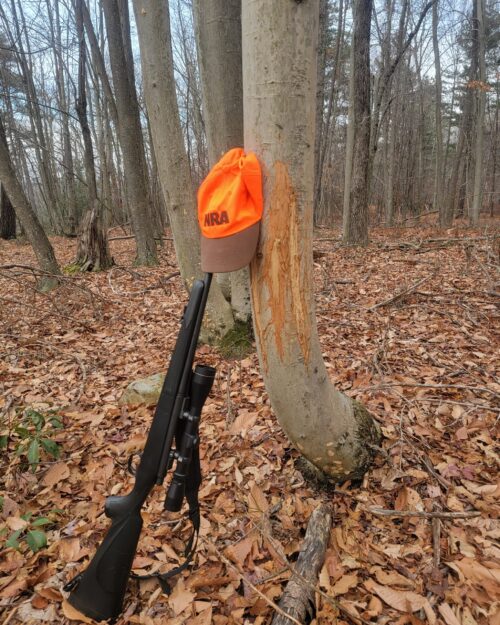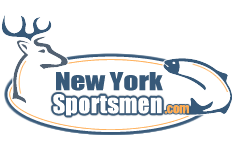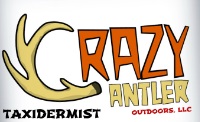"Welcome to New York Sportsmen, a community forum for New York outdoor enthusiasts who enjoy hunting, fishing, trapping, ice fishing and cooking wild game. Our mission is to bring together like-minded individuals from across New York state to share information, exchange tips and tricks, and engage in discussions about the latest trends and techniques in the world of hunting and fishing. Leave the prying eye's of facebook, etc and join us today and become part of the New York Sportsmen community.
|
Re: Quick canoe trip by ATS1755
[Yesterday at 05:32:30 PM] Re: Bloods and sands by Blaster511 [Yesterday at 04:49:26 PM] Re: Show us your 2024 striper pics here. by Ziffystriperchum [Yesterday at 04:44:06 PM] Re: Bloods and sands by Scottymags [Yesterday at 03:46:15 PM] Re: Bloods and sands by grazan [Yesterday at 12:33:30 PM] Bloods and sands by mattfromkingston [Yesterday at 07:13:08 AM] Re: Pistol permit by walkabout [Yesterday at 06:08:30 AM] |

New York hunting, New York fishing, New York sportsmen, Deer hunting in New York, Trout fishing in New York, New York state hunting regulations, New York state fishing licenses, New York hunting and fishing communities, New York hunting and fishing forums, New York hunting and fishing reports, New York hunting and fishing tips, New York hunting and fishing gear, New York hunting and fishing trips, New York hunting and fishing lodges, New York hunting and fishing outfitters, New York hunting and fishing guides, New York striped bass fishing, New york striper fishing, New York big bucks, New York hudson river striper fishing, New york sportsmen, New york bowhunting, New york centerpining, FloatfishNY.com, New York muzzleloader hunting, New York crossbow hunting, ny hunting, ny fishing, ny bowhunting, ny guides, ny stripers, ny outdoors, ny deer hunting, ny trout fishing, ny hunting reports, ny fishing tips, ny hunting supplies, ashokan fishing, ashokan resevoir, rondout reservoir, rondout fishing, hudson stripers, neversink fishing, upper delaware, delaware river, delaware fishing, centerpining, float fishing, ny, drift boat, ny crossbow, hunting crossbow, hudson valley, hiking ny, deer meat, ny trout guide, ny taxidermy, crazy antler.
|



 Guests: 303
Guests: 303 Google (3)
Google (3)
